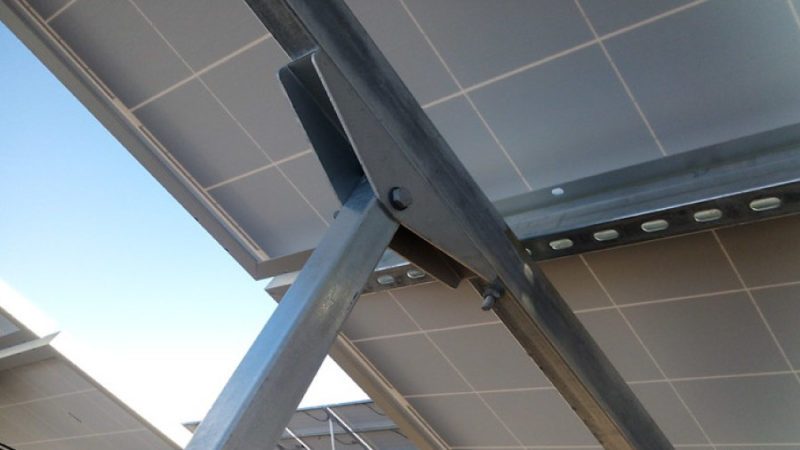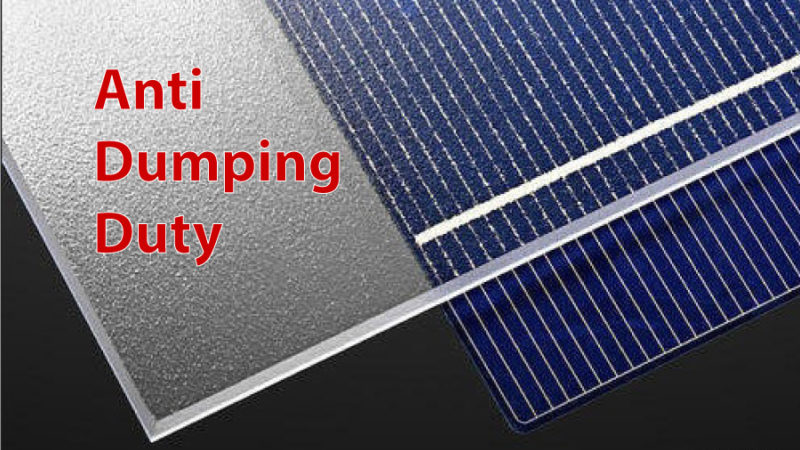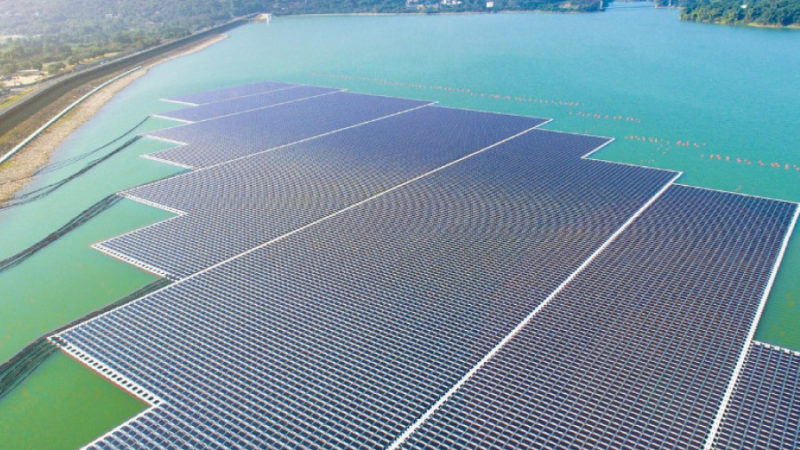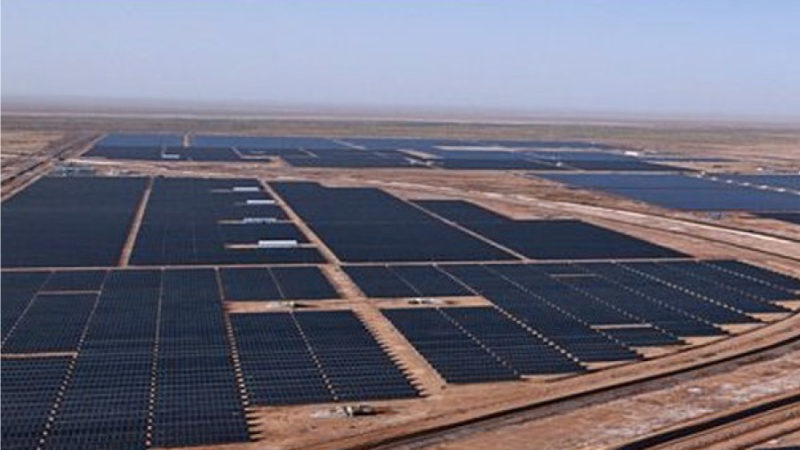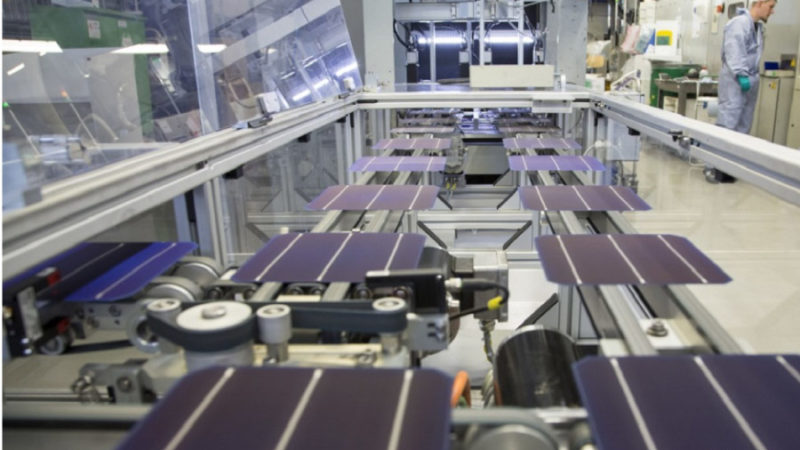India Solar Drive – Getting off the track
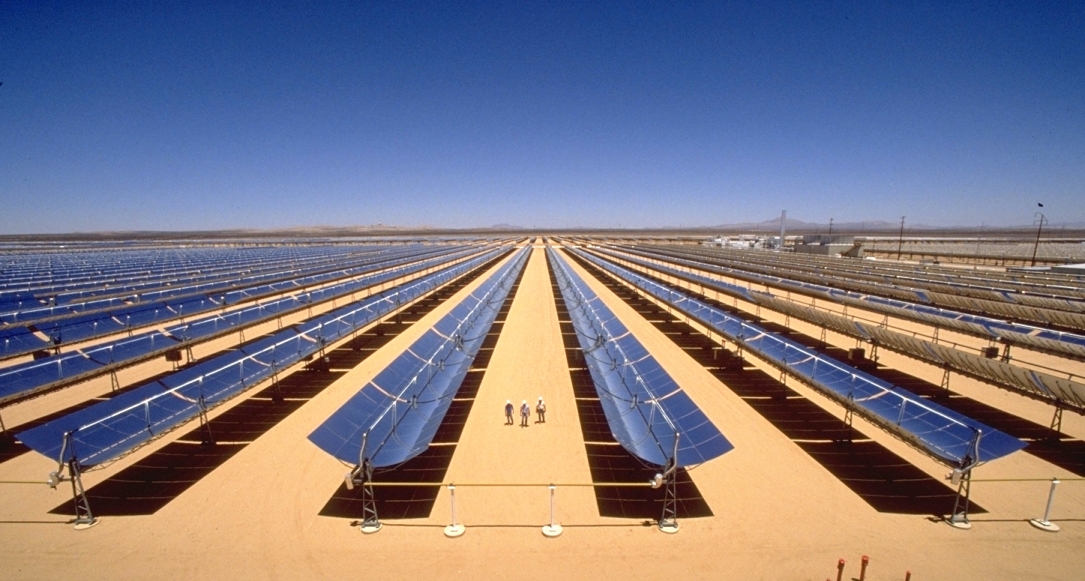
The last few months have been a tough ride for solar power sector in India. The solar sector has been afflicted with numerous challenges on account of recent changes at policy levels as well as uncertainty on the economic front that has shaken the market confidence.
Even after a year, ambiguity still persists on GST (Goods and Services Tax) leading to an unpredictable environment. Currently, the industry is struggling with rising solar panel prices and flat power demand, while, on its part, the government hasn’t held auctions for solar projects. In addition, some of the recent policy implementations have dispensed a damaging blow to the industry rather than doing good.
The Currency Factor:
The Indian has declined 13% against the US dollar in 2018. The currency has seen the worst fall of the century in second half of calendar year 2018 and was traded at over 74 against the U.S. dollar as on October 10, 2018. Since, most solar power developers in India have been sourcing solar modules and equipment from countries such as China and Malaysia, where they are cheaper. Now with rupee being Asia’s worst performing currency of the year has put these Indian developers in a difficult spot.
The continuous fall in the rupee has affected nearly half of the solar power capacities under implementation are facing viability risk because it has made imported solar modules costlier and increased the cost of setting up solar plants. In its recent report, the rating agency Crisil pointed out that India’s stressed energy project situation may further exacerbate as total solar power capacities worth INR 28,000 crore could face risks of feasibility, with the continuing decrease in the rupee, thereby making the imports of solar modules costlier .”
Policy Misfortunes:
While the Government’s policy remains favourable towards promoting the usage of renewables in the country – with the objective of cutting down on pollution and relying on sustainable sources of energies. However, some of the recent policy bloopers have posed the hurdles on the possibilities for developing viable solar projects anywhere in India – according to analysts and industry experts.
Safeguard Duty:
India still relies on other nations for the utilization of solar power – as the country uses more than 90% of solar panels and modules that are imported. Therefore, with a view to reinforce the concept of “Make in India” and considering the interests of the domestic manufacturers, Ministry of Finance imposed a safeguard duty on imports vide its notification dated July 30, 2018.
In a move to accord protection to the domestic industry against a sudden surge in imports of solar cells whether or not assembled in modules or panels, however, this has been counterproductive to the units set up in Special Economic Zones (SEZ), as these units were also made liable to pay safeguard duty. Around 60% to 70% of the domestic solar manufacturing capacity is situated in SEZs.
Solar PV modules contribute approximately 60% to the overall cost of a project; the imposition of the duty will increase the overall cost of solar projects. Since, a developer that applies for a tender usually buy his panels after six months and being uncertain as to what kind of cost implications will be there – the industry is becoming a bit cautious. This has led to an unpredictable environment and made investors reluctant when it comes to bidding for projects.
The duration of the safeguard duty obligation of two years, may not be enough to build a solid domestic manufacturing base that can compete with the world market. However, it will dampen capacity additions and raise tariffs in this period. Moreover, Measures such as safeguard duties only perform if a major national manufacturing base is available.
Indian solar companies only record a small proportion of the solar value chain that includes polysilicon, wafer, cell and module. Incremental technological modifications that are often made involves the absorption of capital and know-how. However, backward integration and scaling may assist in the management of these factors.
Capping the tariffs:
India achieved a record low solar power tariff of INR 2.44 per unit in May 2017. Bidding at low tariffs was possible for the developers in the wake of fall in module prices. Now, MNRE is planning to cap India’s solar power tariffs at INR 2.5 and INR 2.68 per unit for developers using domestic and imported solar cells and modules, respectively – for all future solar bids.
The reason understood is that government now wants the lowest possible prices to help indebted and loss-making state-owned power distribution companies keep costs down. However, it has blown the whole point of reverse auctions mechanism. Reverse auctions is a mechanism where the market has to decide and settle on what it thinks is the best price.
Experts in industry believe that growth of Indian Solar Power sector is at stake as the government agencies have begin to dictate what the tariff ought to be without taking risks. Today, the industry is unclear why the tariffs are being capped without taking into account market phenomena such as financing cost and the health of utilities.
According to industry analysts, if the rupee remains weak and taking into account the safeguard duty, project costs would dart up by as much as 20%. In such a situation, viable tariff for future projects will have to be higher by 30 paise per unit.
Conclusion
The Indian government is trying to increase the capacity of non- convection energy resources and achieve the 100 GW goals by 2022. Though, the status of solar energy so far is satisfactory in India but some extra effort is required for betterment of solar source.
At this stage of increasing transformation towards adoption of renewable sources of energies requires incentivizing policies encouraging solar energy network to be well-established in the country. The support and subsidization of solar energy is very important until it becomes capable to compete with conventional sources.



